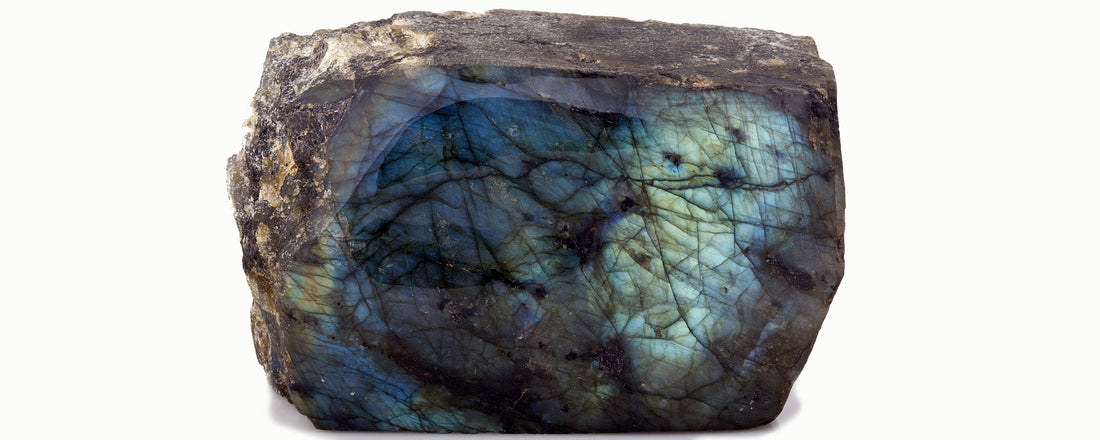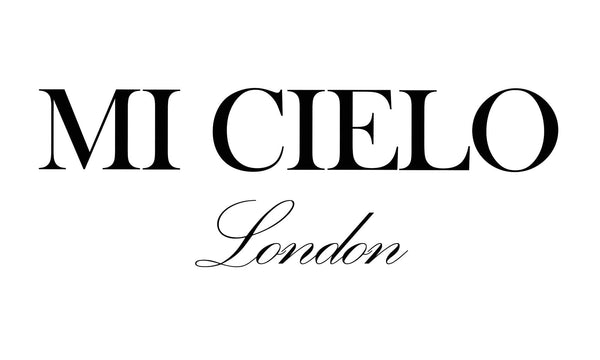
Tradition, believes and medicine
Share
Tradition, believes and medicine

Since ancient times, gemstones have been regarded as talismans, warding off the evil eye and protecting the wearer from illness.
Medieval alchemists assigned curative properties to gems, and wealthy patients could be given powdered stones as medicine. Nowadays, new age practitioners believe that because of their physical constitution, crystals have healing properties for different part of our body.
- DIAMOND
The Greeks believed that diamonds were the tears of the gods, the Romans that they were splinters of fallen stars.
- RUBY
In ancient lore, rubies were thought to be petrified drops of the blood of dragons.
A medicinal cult arose around jade in Ancient China. People believed mixing powdered jade with water produced a panacea to strengthen the body and prolong life. If ingested just prior to death, this mixture supposedly even delayed the decomposition of the body.
Pearls are still used in medicine, ground to a powder and used as high quality pharmaceutical calcium.
“Pearl powder” is very common in Chinese medicine. Ground pearls are used as skin treatment to cure acne, reduce signs of aging, and even the complexion.
Ancient Egyptians used blue sapphire as an antidote to poison and to treat eye problems.
In Roman mythology, emeralds were said to change colour if a lover was unfaithful.
In several cultures, malachite was said to ward off the evil eye, as well as safeguarding the wearer during pregnancy and childbirth.
- CORAL
In Greek tradition, coral necklaces were worn by children to guard against sickness.
Among the Romans, branches of coral were hung around children's necks to preserve them from danger from the outside, and the substance had many medicinal virtues attributed to it.
The belief in coral's potency as a charm continued throughout the Middle Ages and early in 20th century Italy it was worn as a protection from the evil eye, and by women as a cure for infertility.
- CHRYSOBERYL
In healing crystal lore, chrysoberyl is said to boost concentration and confidence.
- CAT'S EYE
The chrysoberyl variety of cat's eye is said relieve headaches and improve right vision.
- HEMATITE
A popular ancient belief stated that hematite formed on battlefields where soldiers blood had been spilled.
Falu red is a pigment used in traditional Swedish house paints.
- BLOOD STONE
Medieval legend holds that bloodstone was formed when drops of Christ's blood fell on the ground.
- ZIRCON
In the East, zircon was employed as a talisman, protecting travellers from wild animals and snakebites.
A medicinal cult arose around jade in Ancient China. People believed mixing powdered jade with water produced a panacea to strengthen the body and prolong life. If ingested just prior to death, this mixture supposedly even delayed the decomposition of the body.
Source: Jewel, a celebration of Earth's treasures, foreword by Judith Miller, Penguin Random House, DK London
